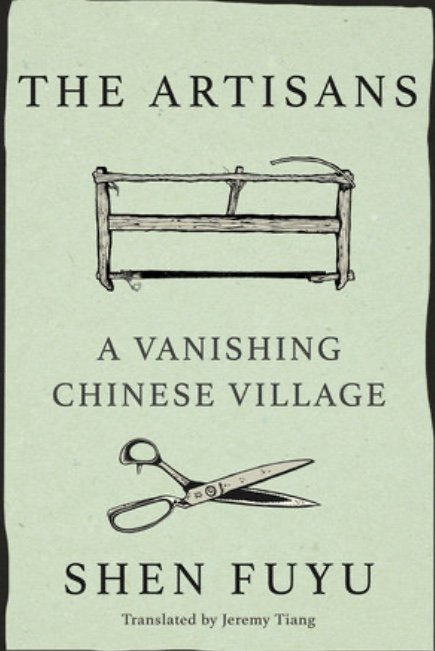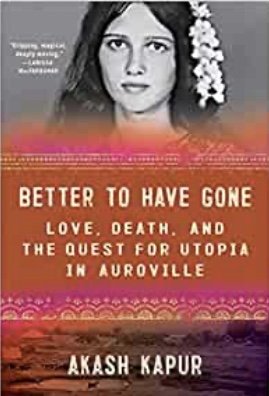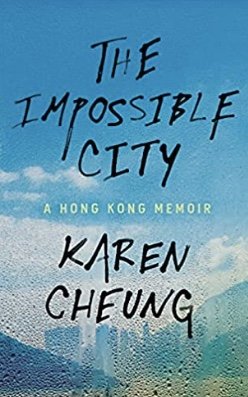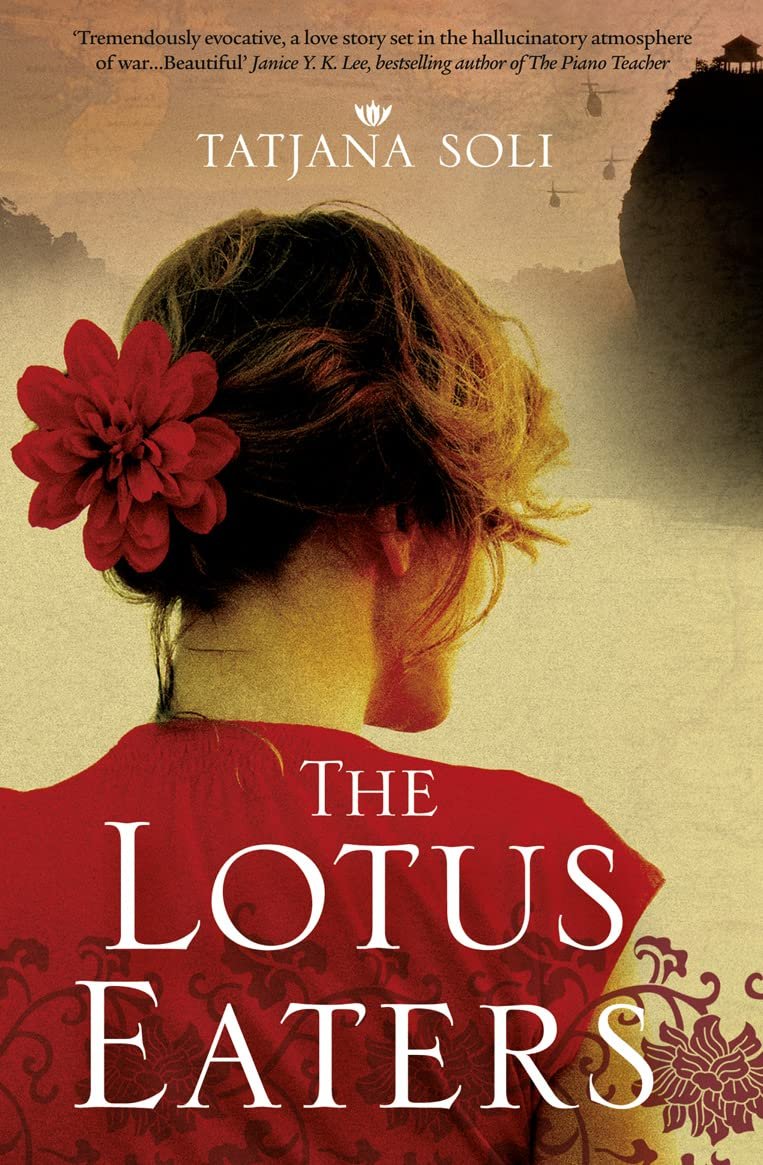The Artisans: A Vanishing Chinese Village by Shen Fuyu, trans. Jeremy Tiang (Astra House)
Forget about Wordle. Dismiss Quordle as a puzzle for amateurs. If you really want to send your brain into convulsions, pick up The Artisans and enter a never-ending maze.
This book begins innocently enough--it traces the past hundred years in a village that’s been in place for six centuries. Founded by a distant ancestor of the author, Shen Village was a community held in place by “rules formed around customs, ways of thinking and agreements,” where the residents were either related by blood or by proximity. Self-sufficient for most of its lifetime, it is now dying out, with its children leaving for the opportunities of urban life and factories encroaching upon its farmland. Shen Fuyu hasn’t lived there since he was eighteen but he says “When our hometowns vanish, we become rootless people.” Drawing upon stories from his grandfathers and his father as well as his own memories, he recreates a web of craftsmen who formed and strengthened the fabric of Shen Village, whose deaths ensured the death of their community.
At first the villagers’ stories seem like a form of Grimm’s Fairy Tales, without the magic but with all the familiar characters--The Tailor, The Carpenter, The Blacksmith, The Clever Girl, The Village Beauty. The fortune of two different families are both destroyed in fires; one family recovers, the other disintegrates. A feud over property rights and a political execution are both touched upon in passing and later are shown to be linked. All of these misfortunes are the roots of pivotal events, with the connections between them revealed slowly and tortuously in convoluted tragedies.
Imagine working on a jigsaw puzzle where all of the pieces keep shifting. At a certain point, it becomes obvious that this book needs to be read with paper and a pen close by. Mrs. Fifth Life, introduced briefly at the very beginning as the powerful widow of The Scale Operator’s Son, shows up near the end as a girl whose courage and brilliance rivals Scheherazade’s. The toothless old woman who was once The Village Beauty is the leading figure in a multi-generational tragedy. Craftsmen identified only by their trades are called by their real names much later, bringing them into complex family relationships that are as intricate as spiderwebs.
“That’s how life is, a series of interlocking circles,” Shen Fuyu says as he nears the end of his social history. Suddenly the interlocking circles of Shen Village become part of a galaxy, one of hundreds of thousands of similar communities across China, and the jigsaw puzzle becomes immense, a taste of infinity.
Shen Fuyu’s hometown, in common with other dying villages in China, has a shrine that holds the ancestral tablets, “a place to worship the ancestors of long ago, everyone’s common forbears.” If this shrine disappears, the villagers are left “all alone in the world.” The Artisans exists as a record of what once was. Through the stories of the people whose work kept a community alive, it serves as a modern form of ancestral tablet, anchoring the descendants of Shen Village to their own history and to the history of the world.~Janet Brown







